This year represents a turbulent period in global trade. New trade barriers and tariffs are being introduced all the time, consumer expectations of next-day delivery, transparency, and sustainability continue to challenge supply chains, and companies who best adapt to disruption will come out on top. In 2019, companies in all industries have to be agile and strategic about their responses to impossibly fickle matters, from the weather to social media.
There is no apparent end in sight for the intensifying trade war between the United States and China. Most recently, President Donald Trump set in motion tariffs on another $125 billion in Chinese goods, including footwear. On October 15, another tariff increase is set to affect exports worth $250 billion. Political and economic uncertainties have hastened companies to move operations out of China and into developing markets.
According to the U.S. Fashion Industry Association 2019 Fashion Industry Benchmarking Study, about 83% of respondents expect to decrease sourcing from China throughout the next two years, up from 67% in 2018.
The top two apparel sourcing countries in the U.S. landscape are China and Vietnam, with China holding about 41% market share and Vietnam at 14%. There will likely be a significant power shift between these two countries—with some of China’s market share also reallocated to Bangladesh, Indonesia, and India.
The mass migration out of China into emerging markets comes at a cost: The average price of U.S. apparel imports from countries such as Bangladesh, Vietnam, and India has increased by more than 20% in 2019. Although the Trump trade war is touted as a protectionist effort with hopes of American reshoring among the perceived benefits, studies suggest the Section 301 tariffs have actually increased the production costs of domestic textiles and apparel.
Environmental disruptors are also emerging with increasing frequency. We’re seeing an uptick in sustainability efforts such as the use eco-fabrics, zero-waste policies, 3D-knitting, slow fashion, upcycling, vegan-friendly fashion, etc. Transparency and sustainability in the apparel market are not so much fringe trends but responsibilities, and should be given serious consideration regarding your current business model.
Other innovative practices, such as automation and artificial intelligence, or machine learning, are growing in prevalence. Technology is helping companies improve their financial and merchandise forecasting to better predict appropriate allocations.
Moving Out of China? CAF Worldwide: +25 Years of Trading in Southeast Asia
You can only move as fast as your logistics infrastructure allows. Partnering with an established logistics provider is what your supply chain needs to thrive in a developing manufacturing market. CAF Worldwide is a full-service logistics provider with more than 30 years of international freight forwarding and customs brokerage experience.
To find out more about how CAF Worldwide can help you improve your supply chain, give us a call today at 516-444-3700, or send an introductory email to info@cafworldwide.com.
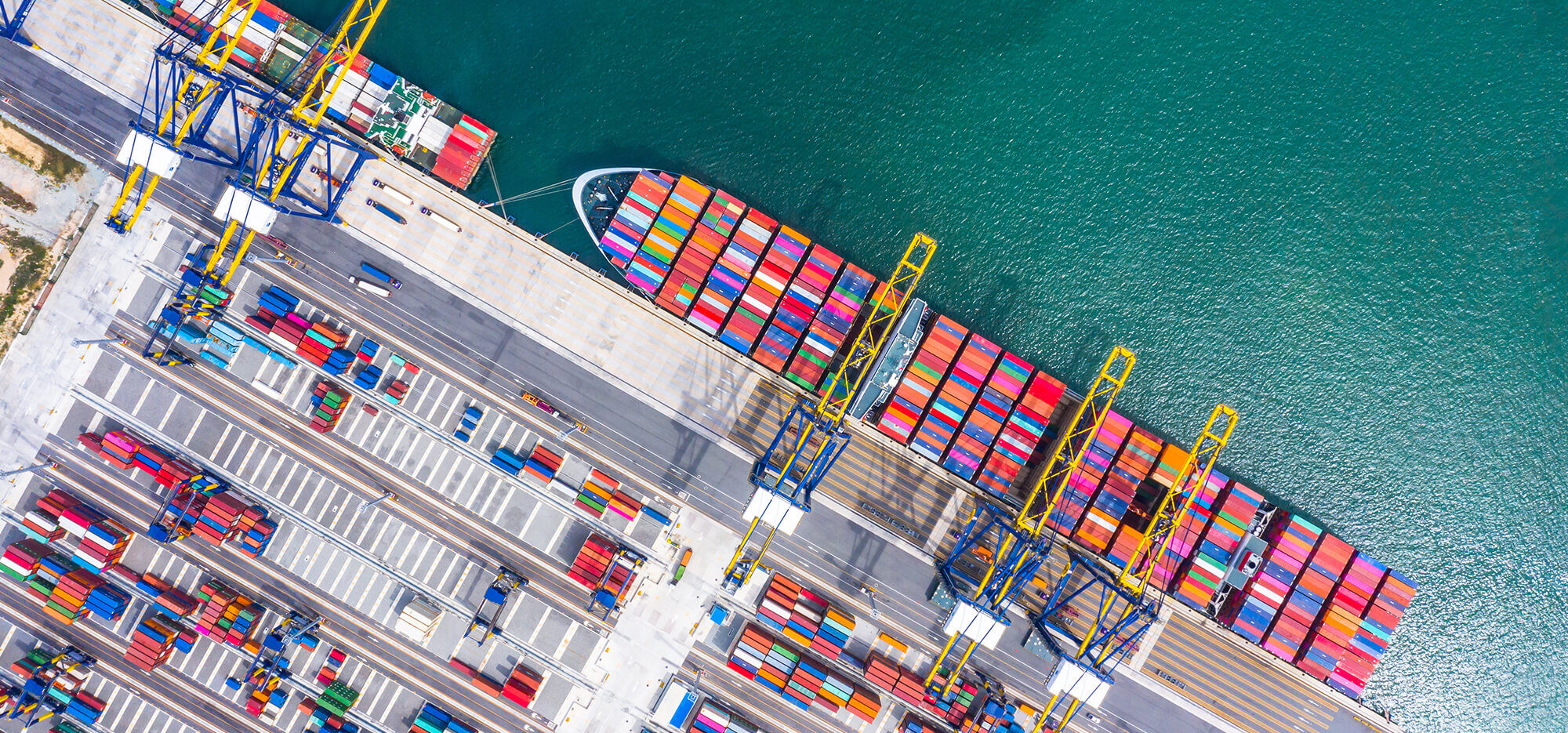
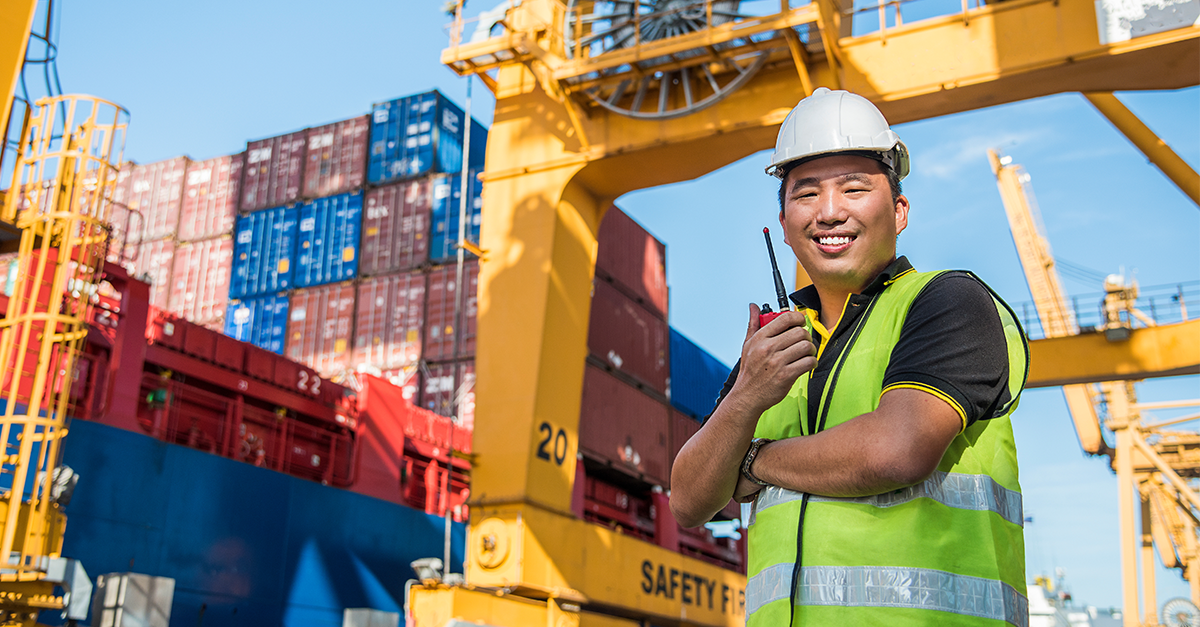
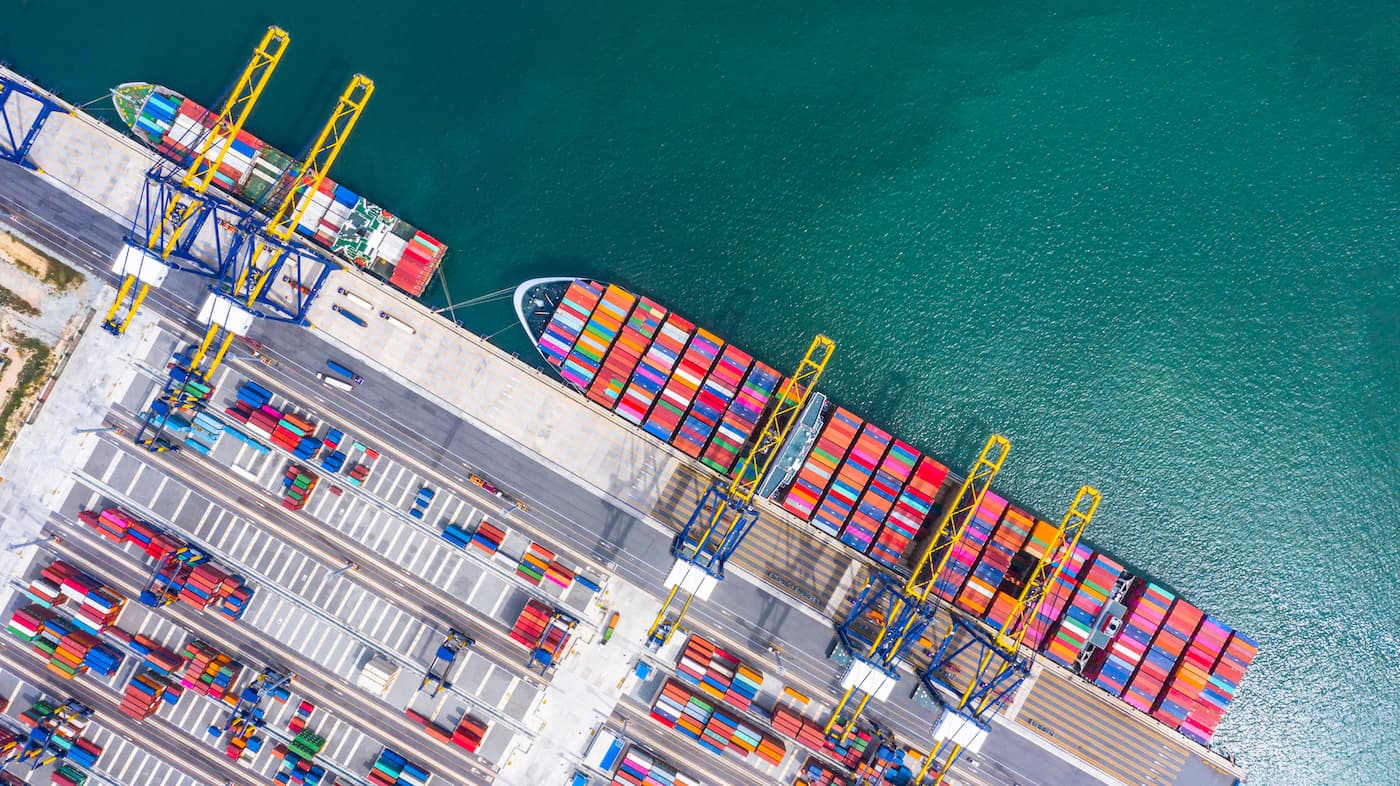
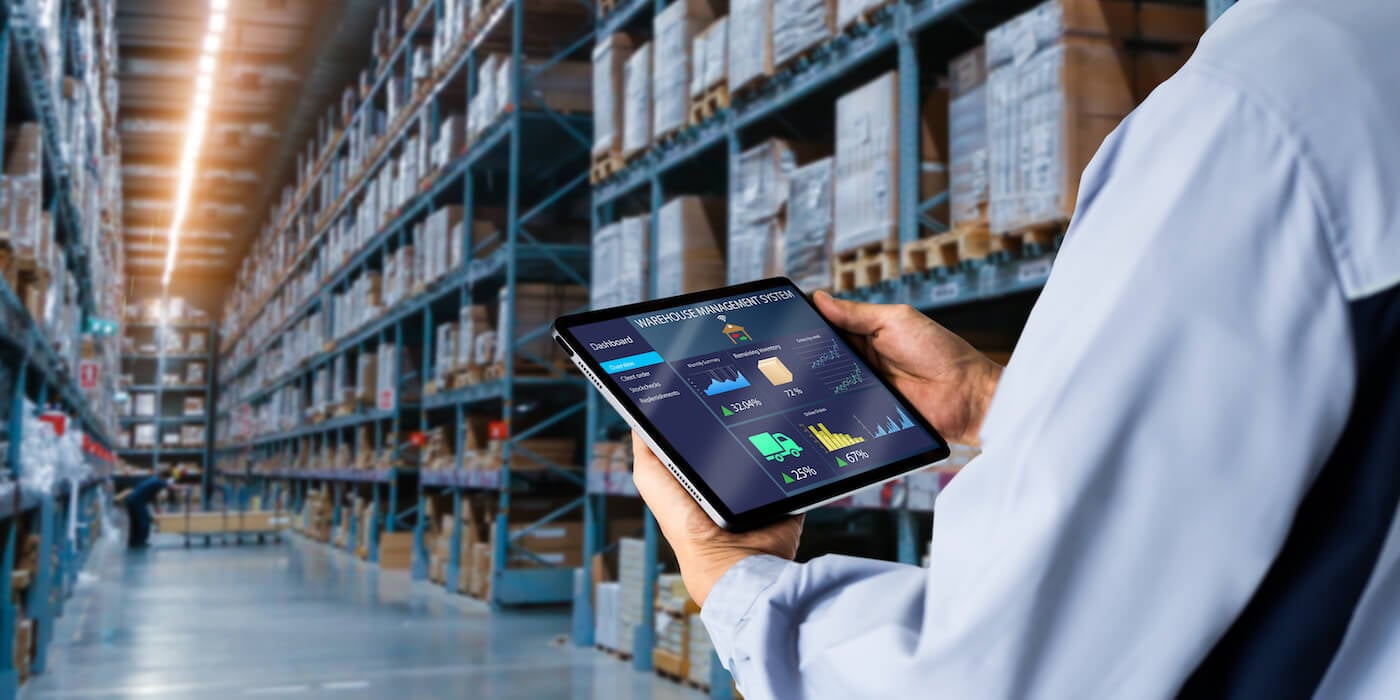

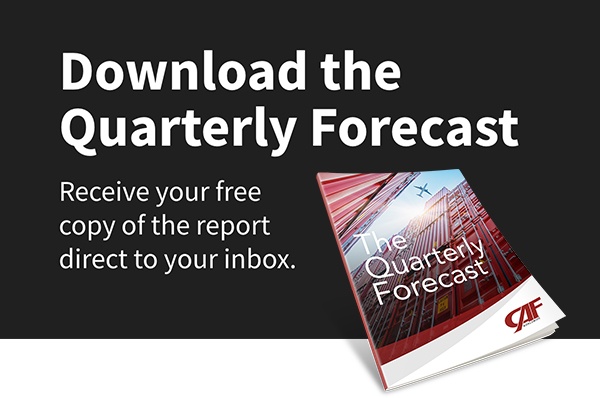







 Copyright 2025 CAF Worldwide. All rights reserved.
Copyright 2025 CAF Worldwide. All rights reserved.